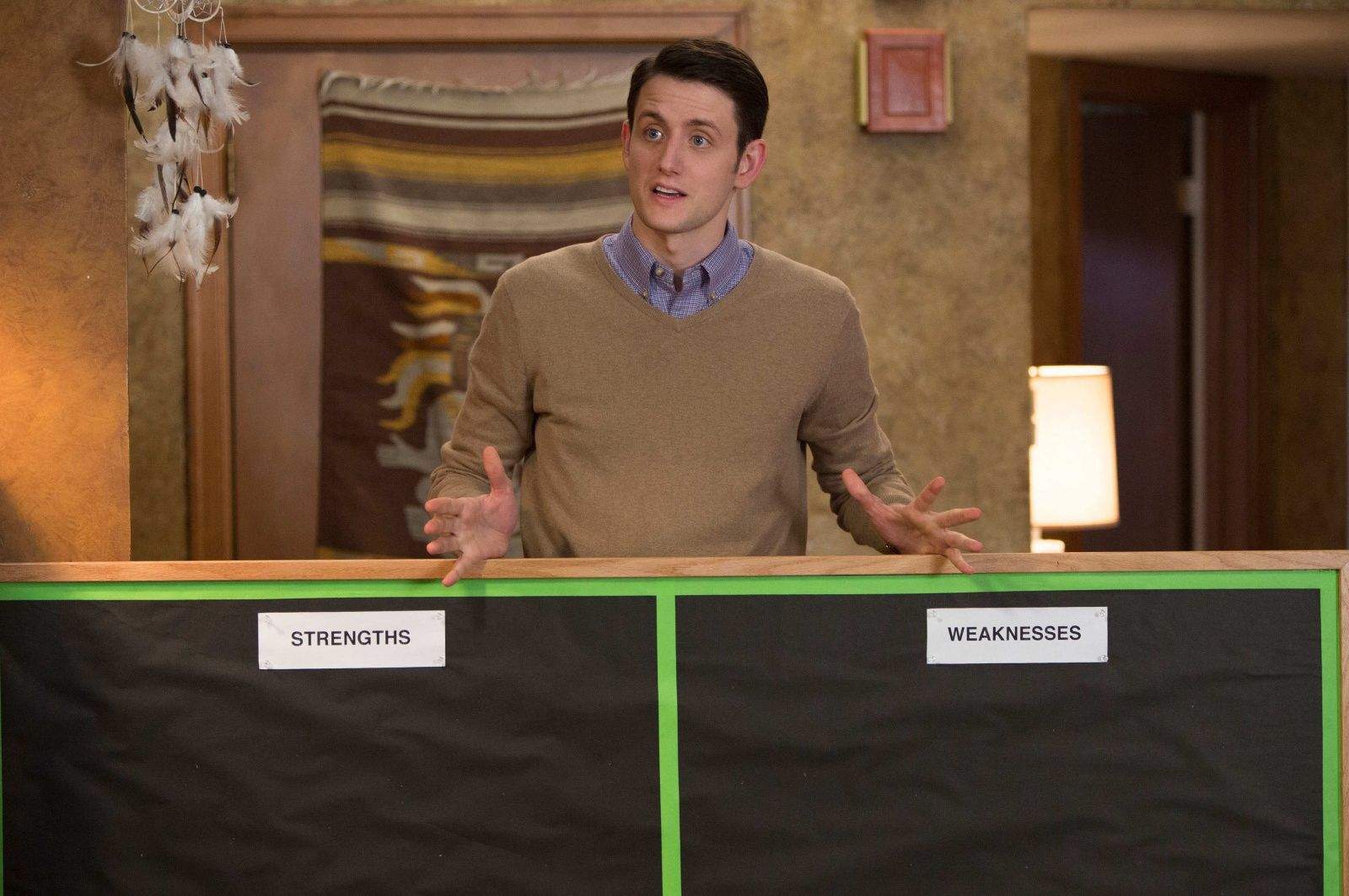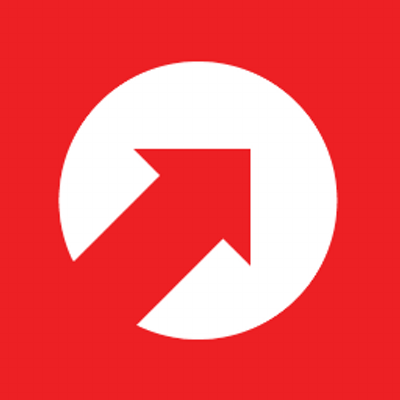(2022) How to Ace Web Design Interview Questions
Did you know that 94% of a website’s first impressions link to its design? As a web designer, you play a fundamental role in ensuring a high CTR for your client’s website and putting their site in the good books among users.

However, the first step of undertaking any web design role is securing it in the first place, and knowing the most common web designer interview questions can help you achieve just that.
At DesignRemotely, we understand the importance of displaying your experience and skills during a web designer interview.
This piece will look at common web design interview questions and how you can answer them most effectively. We’ll discuss how you can employ the STAR interview method to get your points across while showing off your qualities and knowledge. Let’s begin.
The qualities an interviewer is looking for
Companies seeking to hire a new web designer will want confidence that you offer them the sort of qualities needed to design a website to the standard expected, along with meeting relevant deadlines.
The qualities of a great web designer include:
- Clear communication
- Good UX/UI skills
- Understanding SEO and CRO elements in UX/UI
- Flexibility
- Creativity
- Problem-solving skills
- Critical thinking and independence
- Self-discipline
- You can work well in a team
- You have a broad portfolio
- Well-organized design process
- Being able to meet deadlines consistently
- Plenty of industry experience
- You understand the fundamentals of related fields like graphic design
Stick out in a web designer interview
The job interviewer will attempt to gauge your qualities, such as those mentioned above. Beyond that, they’ll evaluate what previous experience you offer as well as your character and long-term ambitions.
Show the interviewer what you can bring to the table that most candidates won’t. Sell yourself by letting them know of any unique approaches or insights to web design you have. Make it clear why you’re the right person for the job.
Having a clear understanding of the industry and web user data can give you an edge in the hiring process. You should discuss relevant facts you know about web design when appropriate.
For instance, you may want to mention how according to Google/IPSOS, half of smartphone users say they’re more likely to use a brand’s mobile site if made available rather than downloading an app.
Common interview questions for a web designer
- What web design project are you most proud of and why?
- What steps would you take to reduce the loading time of a page?
- How would you improve our website?
- What would you do if you disagreed with a revision request for a web design?
- Tell us what you know about responsive web design when it comes to CSS and HTML?
- What is your design process and work style?
- Tell us about your latest web design projects?
- What do you know about pagination, and how would you implement it?
- Discuss an example of poor web design and what makes it bad?
- What distinguishes HTML from XHTML (for technical folks)?
- Where do you get your creative inspiration from?
- Do you find you work better in a team or on your own?
- Tell us what about know about external style sheets
- What distinguishes Standard Mode from Quirks Mode?
- What are some design trends currently in? What are your thoughts on these trends?
Tips for answering these interview questions
It’s important to show a company precisely why they should hire you when answering interview questions for a web designer.
These are our top tips for answering a range of questions during a web design job interview:
- Have examples ready showing your past experience in web design. Also, display how you’ve grown your skills and experience throughout your career.
- Show authenticity and always answer truthfully since honesty is the best policy, particularly at this level.
- Take a strategic and concise approach to answering questions. Honesty is critical in a job interview, but you don’t want to overshare. You want to make it clear that you understand the company’s goals and that you’re right for the job. If discussing your background, highlight details relevant to the company and the specific web designer role in question.
- Display your knowledge in a span of web design areas where appropriate, whether in relation to different coding languages, SVG, Canvas, UX design, the differences between SOAP and REST, or CSS ID Selectors.
- Show your confidence and exhibit excitement when answering their questions.
- Discuss your knowledge of various web design tools, whether it be Designmodo, Eclipse, Codekit, Webflow, or Cloudways, among others.
- Prepare for specific question categories such as responsive web design interview questions. By doing so, you can increase your chances of being ready for a whole host of questions from given categories since it’s impossible to prepare for every possible individual question.
How to frame your answers with the STAR Method
The STAR method (a.k.a. Situation, Task, Action, and Result method) is an approach employed by interviewers to obtain certain information about the qualities and abilities of the interviewee.
Of course, the interviewee could also use this method as a way to frame their answers. This would allow you to provide valuable information to the interviewer in an informative and effective way. Whether or not your potential employer is consciously using the STAR method, it can still be a great way of framing answers to interview questions.
Let’s look at some examples of how you can frame interview answers with the STAR method:
Question: What would you do if you disagreed with a revision request for a web design?
Your Response:
Situation: “Three years ago, I was working on a website, and the client had various revisions in mind, many of which I felt would take away from the site’s navigability and slow down the website.”
Task: “I’m always open to revisions, and I know clients might change their minds on certain design aspects after the project is underway. With that said, I explained in a polite manner my concerns regarding the revisions while showing them the respect they deserved as my employer. Though, they remained adamant on certain ideas that, in my opinion, were not beneficial for their website.”
Action: “These situations have happened to me on occasion and are part of freelance web design. At the end of the day, you have to balance doing what you genuinely think is best for the website and showing the client respect. I carefully explained my concerns on a second occasion while undertaking some of the revisions they requested, and ultimately, they came round to agreeing with me on some things. However, I still wasn’t a fan of all the changes that I had to make. You have to be delicate about these things as a web designer, particularly given that it’s their website and their call when all is said and done.”
Result: “The website turned out well overall, but some issues related to its navigability remained. Nonetheless, they were aspects the client was sure they wanted. The KPIs still showed good results, and many of their targets were met, but I do believe the site could have performed better if the client had agreed to more of my recommendations. Ultimately, I looked at it as a learning experience for finding the right balance when working with clients.”
Question: What steps would you take to reduce the loading time of a page?
Your Response:
Situation: “A client I worked for in 2021 tasked me with improving their website, and one issue that stood out to me immediately was the poor loading time of the home page.”
Task: “The website required significant changes all-round. Problems ranged from the quality of the text and background to a lack of calls to action to poor navigation. However, improving the loading time was one of the most important tasks on my to-do list.”
Action: “When it came to improving the loading time of the page, I took a variety of actions. Firstly, I moved the site code to a high-performance and dedicated server. Next, I ensured that the caching was optimal. With the infrastructural changes dealt with, I used Gzip for file compression, took action to limit the number of HTTP requests on the site, and removed widgets I deemed unnecessary once the client agreed. Lastly, I cleaned up their media library. I also recommended using a Content Delivery Network, but the client decided against this due to the cost.”
Result: “With the steps taken to improve the loading time of the website, Google Pagespeed Insights showed that my work had reduced the loading time of the homepage from 4.3 seconds to 1.9 seconds. A month later, the website’s KPIs showed that the improved loading speeds, among other changes, had increased the website’s CTR by more than 90%.”
Question: Tell us what you know about responsive web design when it comes to CSS and HTML
Your Response:
Situation: “Back in January, I was working on a website for a new family-owned coffee shop. When running through different ideas for their website, I discussed responsive web design, and they loved the idea of having their website developed with dynamic changes to how it appears based on the device.”
Task: “ So we agreed to include responsive web design in the web development process. I worked on diagrams and design ideas before any coding began. Next, I focused on designing the website with RWD in mind.”
Action: “Taking the code for the website as it would appear on a laptop, I adjusted it separately for mobile use. This included creating a media query for mobile devices and defining a fresh CSS structure for the navigation links. Dynamic units were also part of this process. I used these to ensure the site remained responsive. All in all, I would make the website suitable for a laptop slash PC, both mobile phone orientations and tablets.”
Result: “The client was very pleased with the outcome. They would even get several compliments from some of their first customers for having a user-friendly mobile version of their website for bookings. The website’s KPIs went above and beyond expectations, and I can confidently say that responsive web design played a role in this, particularly given the high CTR among mobile phone and tablet users.”
More from DesignRemotely
Today, we’ve looked at web designer interview questions and answers and how you can approach the interview in the best way possible.
When up for a web designer job, the interviewer will attempt to make sense of your personality, experience, and abilities. By using the tips we’ve given in this article and framing your answers with the STAR method, you’ll be well on your way to pulling off a first-rate interview.
To learn from voices across multiple web and tech industries, take a look at our blog. We’ll be regularly updating it with tips on how you can succeed in the modern digital sector as well as laying out our interviews with various tech professionals.
More from our blog

Interview with Principal Product Designer Ted Goas
Ted is a Designer and Developer working as Principal Product Designer for Dialpad

(2022) Vital UX Designer Interview Questions to Know
Preparing for a UX designer interview is nerve-wracking for even the most confident designers. But what if you had a simple system to consistently ace any question that comes your way?
Get new remote jobs in your inbox for free
Latest jobs, interviews, articles and resources for Remote Designers sent to your inbox weekly.
We care about the protection of your data. Read our Privacy Policy.
Latest Jobs
- 10up
 Lead UX DesignerUnited States • Full-time
Lead UX DesignerUnited States • Full-time  Staff Product Designer, Organic for BusinessUnited States • Full-time$83,500 - $275,300
Staff Product Designer, Organic for BusinessUnited States • Full-time$83,500 - $275,300- Technovation
 Graphic DesignerUnited States • Full-time$60,000 - $65,000
Graphic DesignerUnited States • Full-time$60,000 - $65,000 - Mozilla
 VP, Product & Design, PocketUnited States • Full-time
VP, Product & Design, PocketUnited States • Full-time - OddballUX DesignerUnited States • Full-time